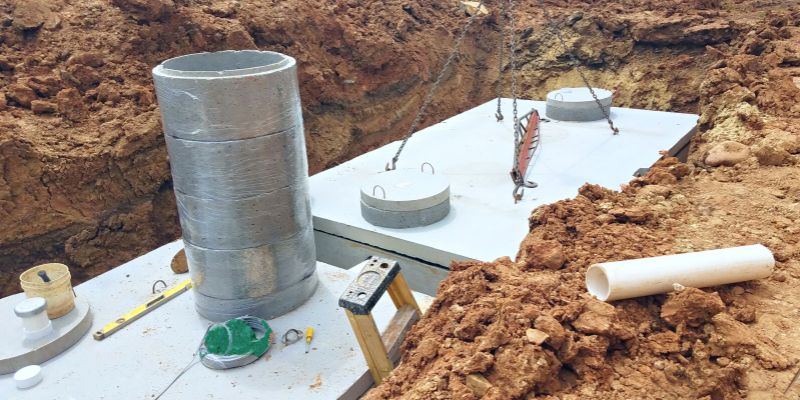Septic Pumping , Installation & Service in Brandon FL
Septic Pumping , Installation & Service in Brandon FL
Close

Lift Station
Close

Families living in homes away from a city’s sewer system must use their own process to rid their homes of wastewater. This is done through a septic system, but little do homeowners know they could use different types of septic systems.
The system you choose greatly relies on the soil conditions, the location of the water table, and the space available for the system. Take a look at your options below.
A conventional septic system is the simplest system a home could use, consisting of a septic tank and a drain field. These systems typically utilize gravity to sweep away waste to an underground trench above the water table. Other materials, such as dirt or sand, sit atop the trench to filter out contaminants. You may need septic tank pumping services every few years if the gravity isn’t pulling the sludge and effluent away as it should.
Not every soil condition is favorable for all types of septic systems. A mound septic system is ideal if your home has high groundwater and shallow soil depth. A pump tank will take away small doses of effluent from the tank over time and dispense it to a mound or trench, where it filters through sand and dirt again before seeping into the native soil. This will require a lot of yard space, and you will need to perform maintenance every so often to ensure your system is working correctly.
Drip distribution systems are great when you do not want to use a large mound of soil to disperse effluent. This system uses small tubing with drip laterals that insert into the top layer of soil to absorb the contents from your drain field. A large dose tank will collect and slowly release effluent from the tubes to avoid overflowing the drain. You will need electrical power to maintain this tank and additional servicing and maintenance to ensure it works efficiently.
The best thing about a recirculating sand filter system is it can be below or above ground. Waste is pumped from the tank to a sand filter made from a concrete or PVC-lined box filled with sand. The sludge is then treated as it seeps through the sand and into your drain field. While this system costs more than its conventional counterparts, it works great for homes near bodies of water to prevent effluent from contaminating that water.
When you cannot access the city’s sewer system but want to use a similar process, an aerobic treatment unit can do just that! This unit injects oxygen into the treatment tank, increasing the natural bacteria within the tank to reduce pathogen levels. Many families living on inadequate soil for filtering are likely to use this type of septic system.
Other septic systems you might come across in your search include evapotranspiration systems, constructed wetland systems, and cluster/community systems. Speak with your local septic professionals to get their opinion on which system could benefit your property the most. Conventional septic systems are the most popular, but you can choose from several options!